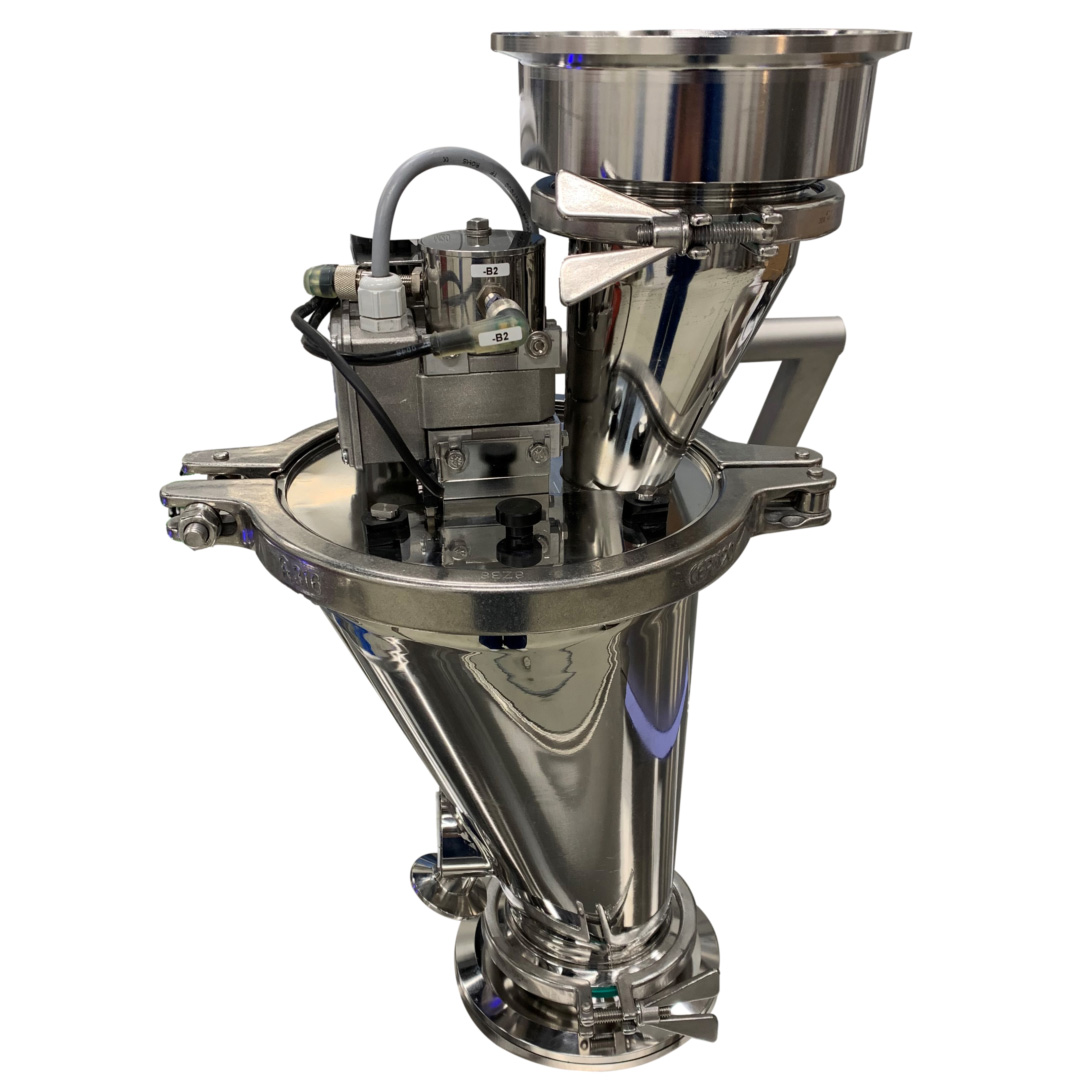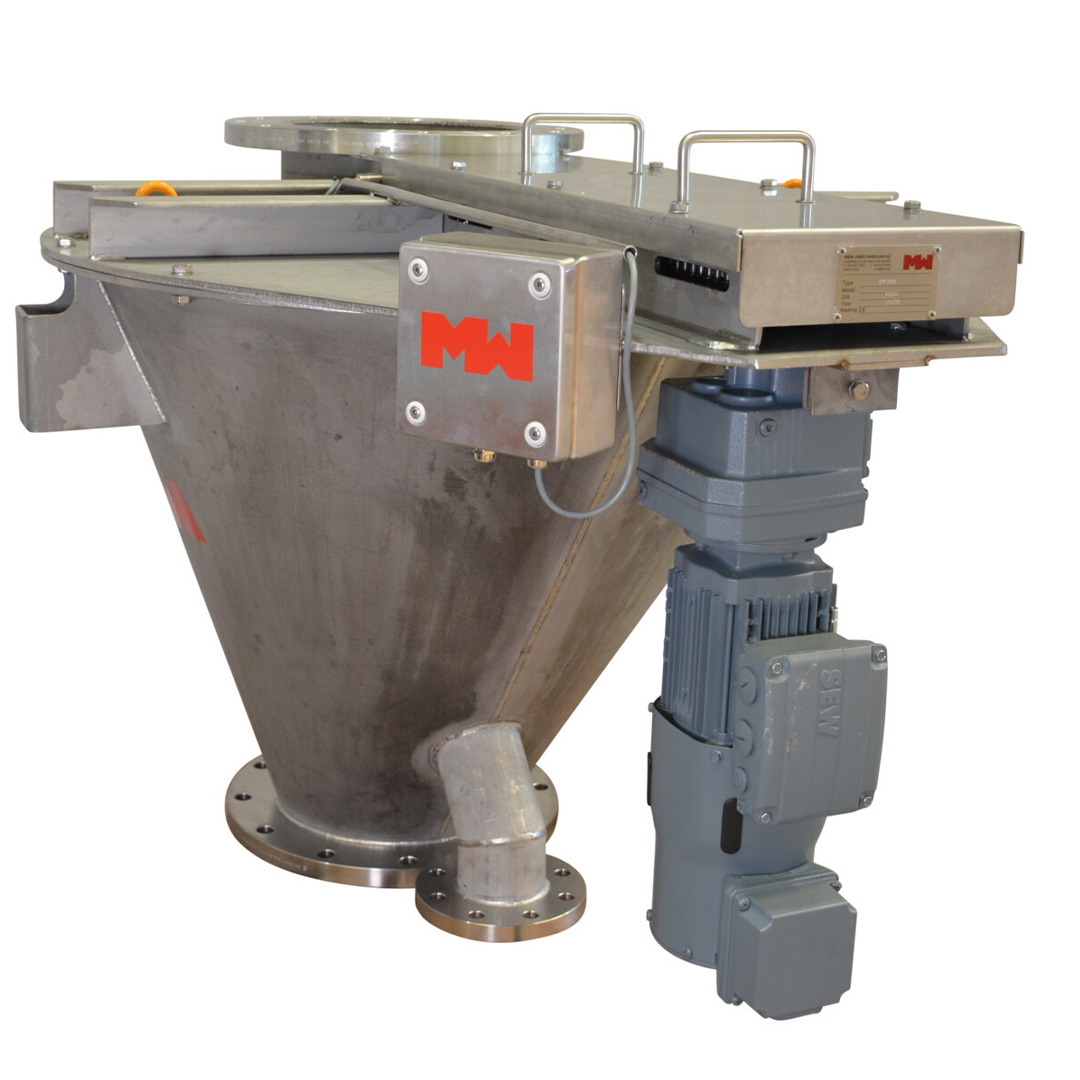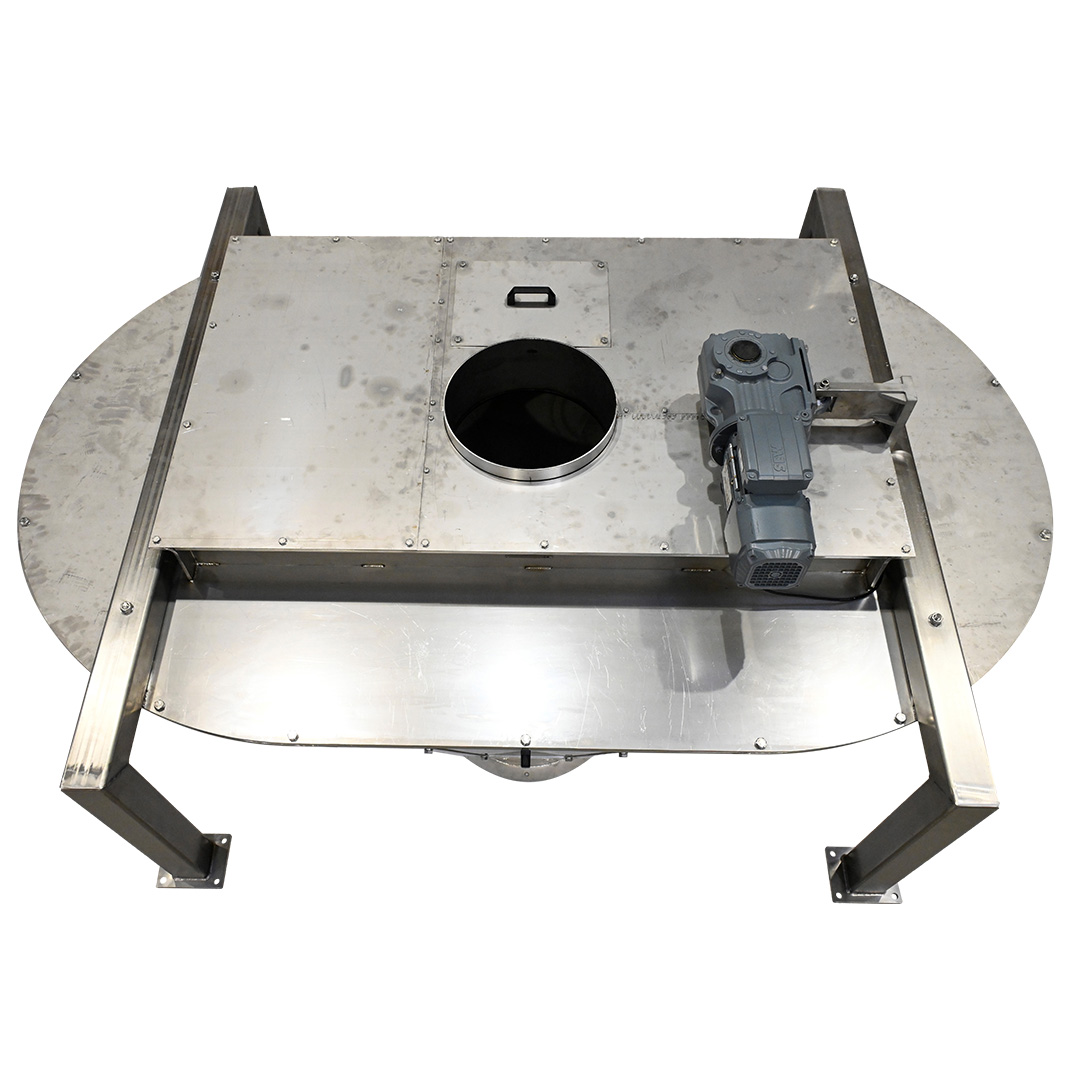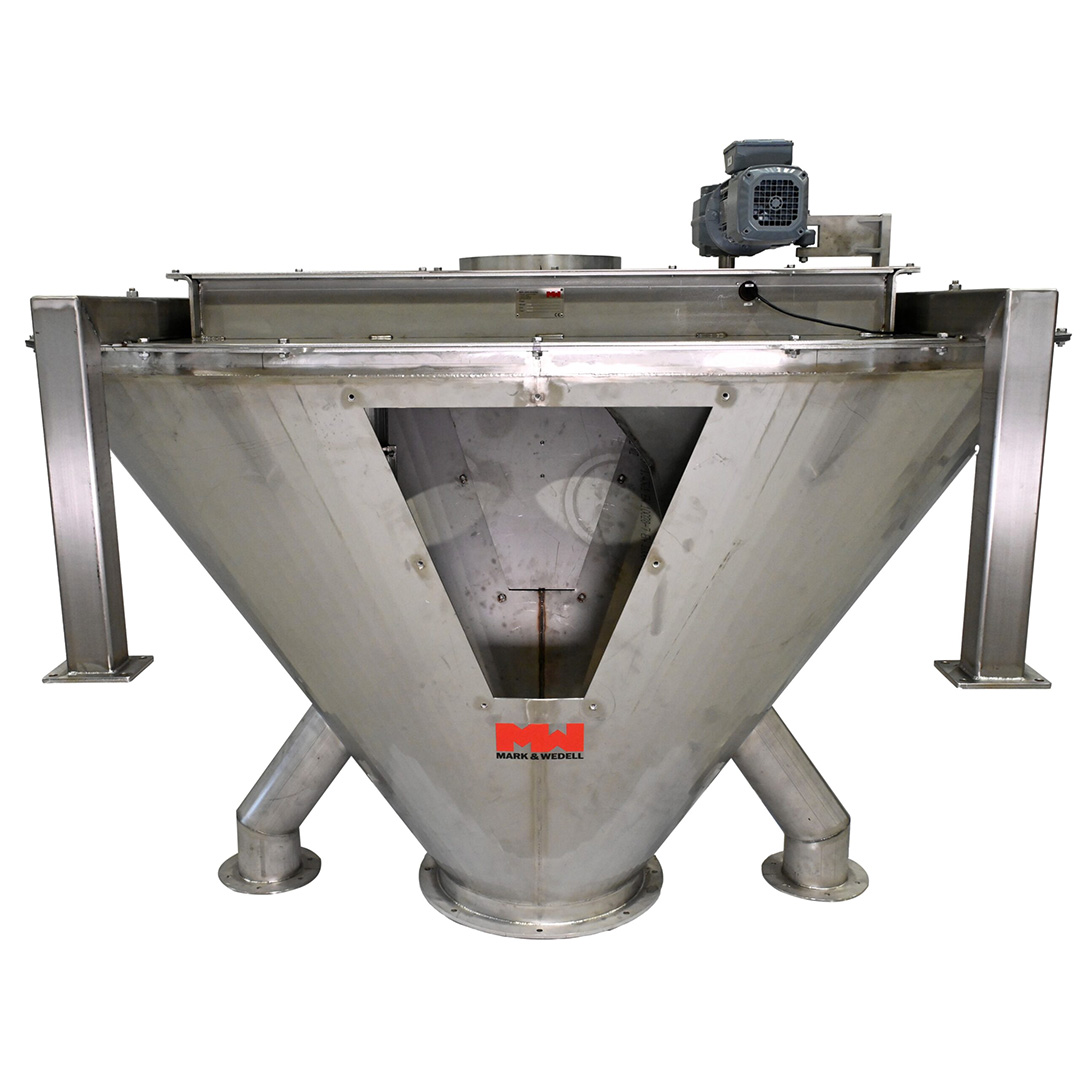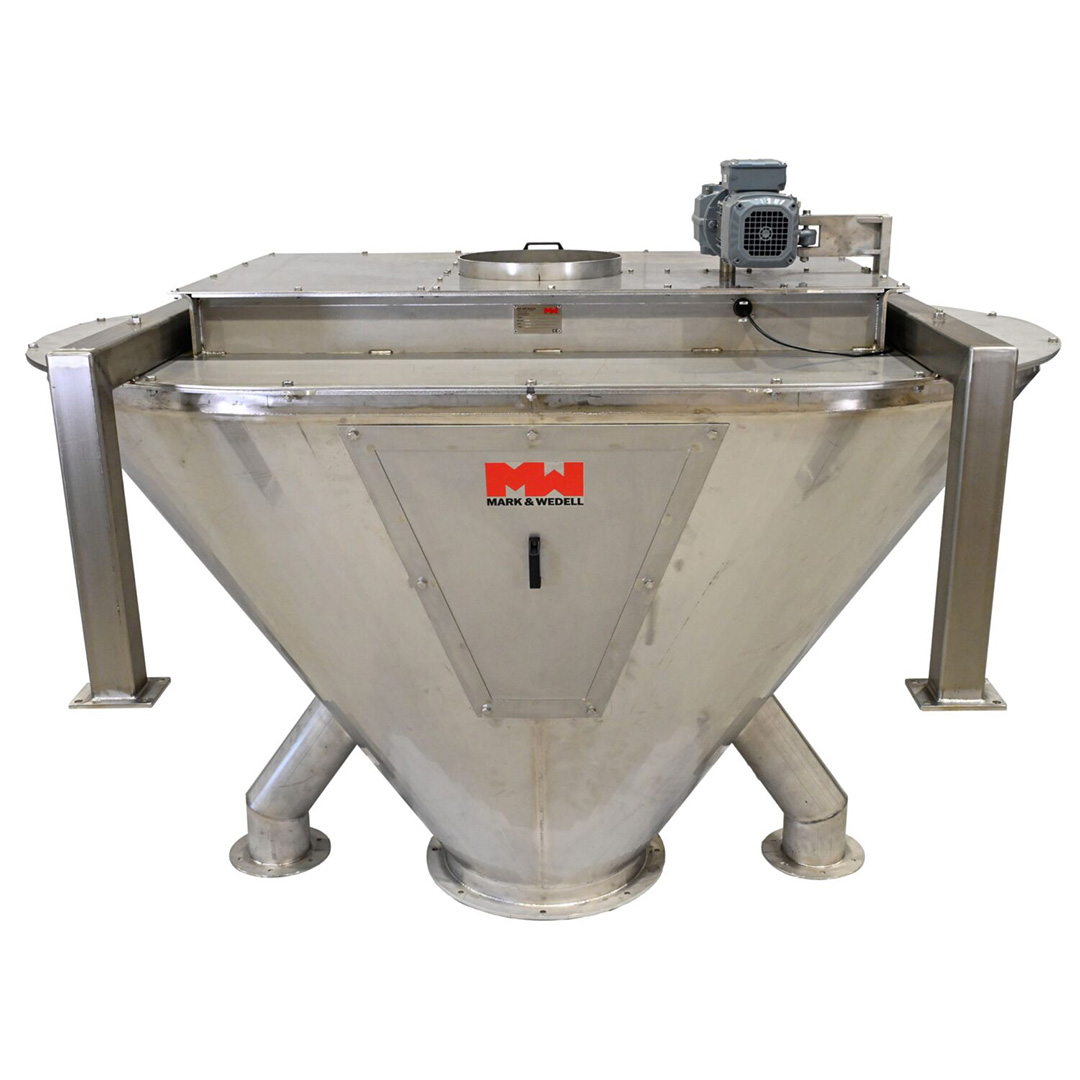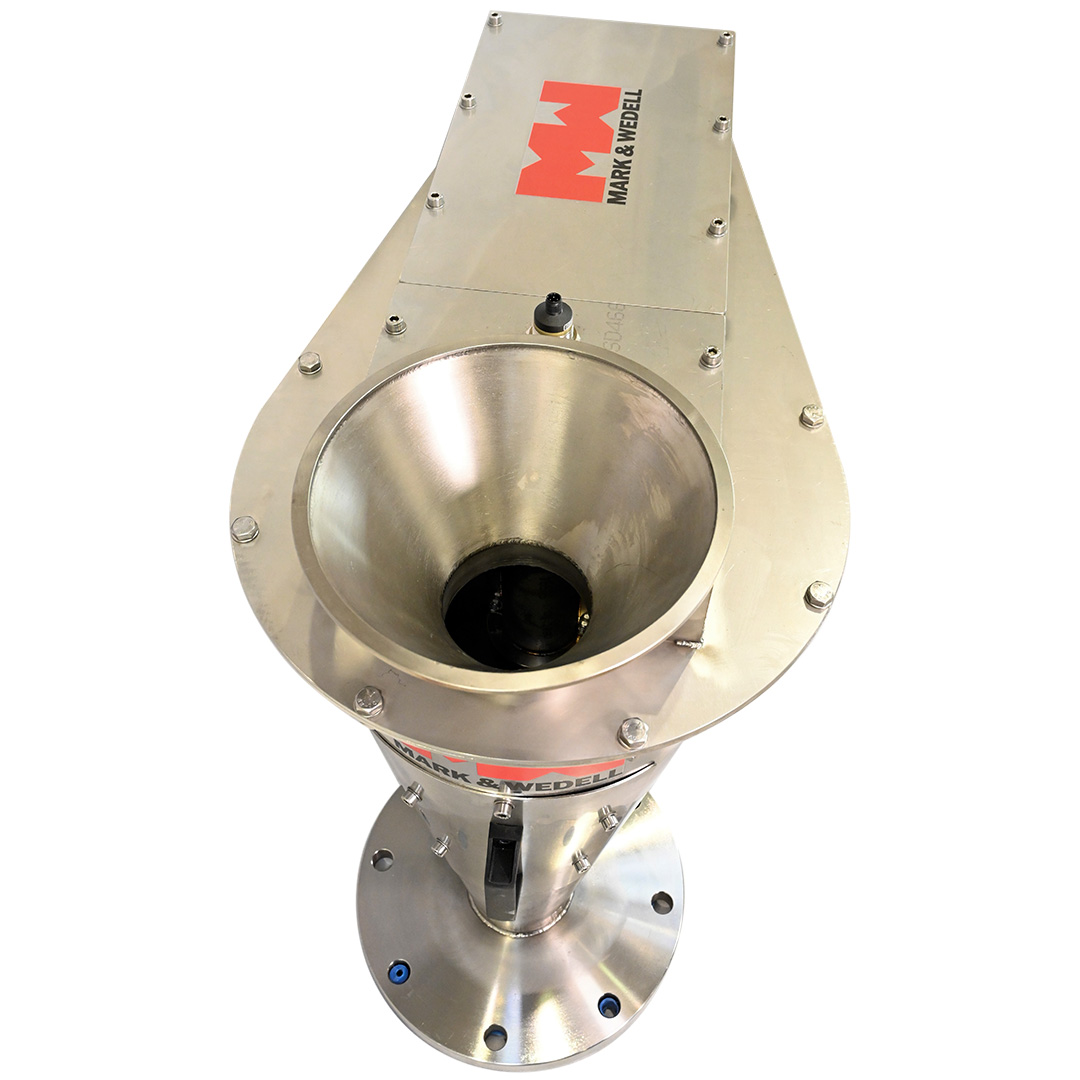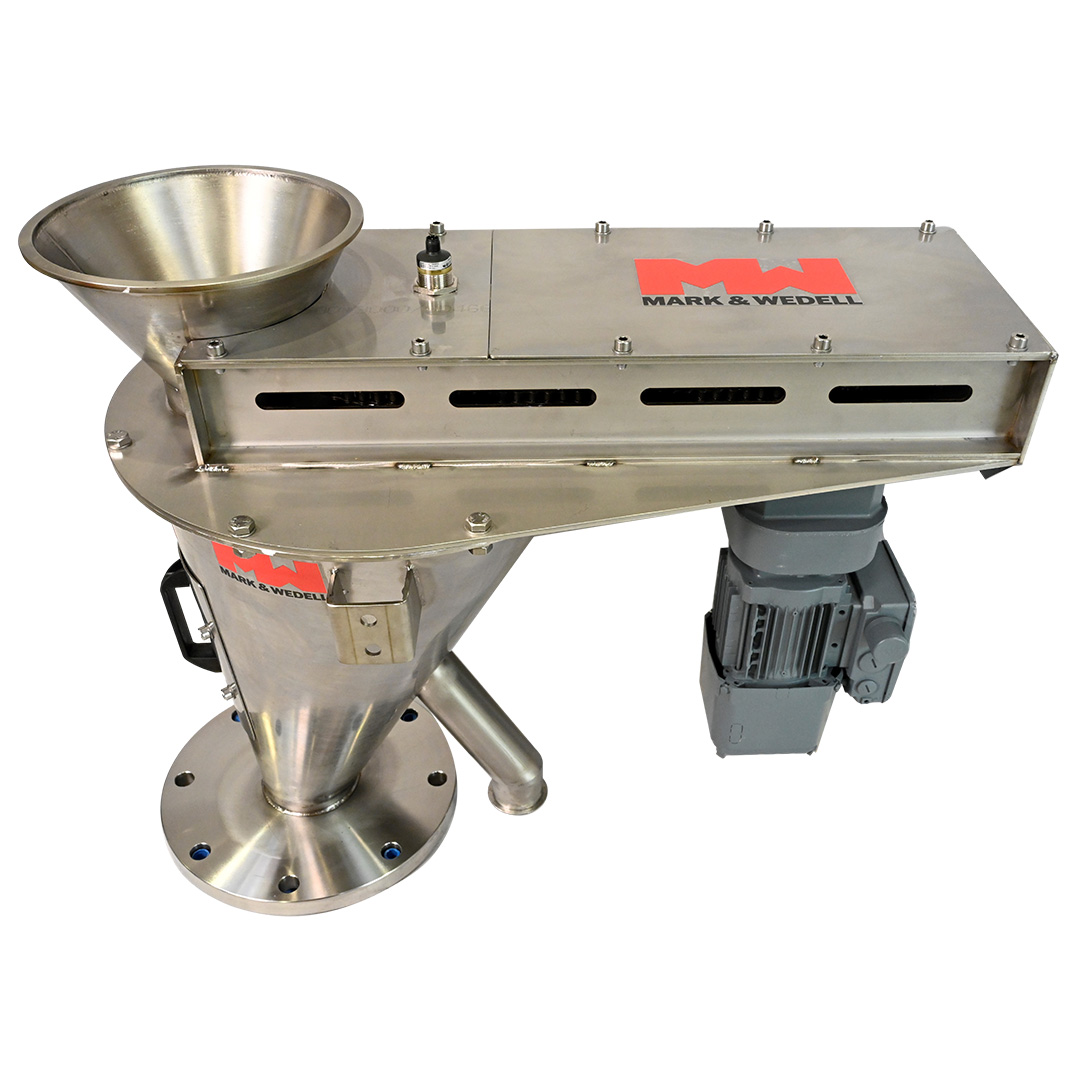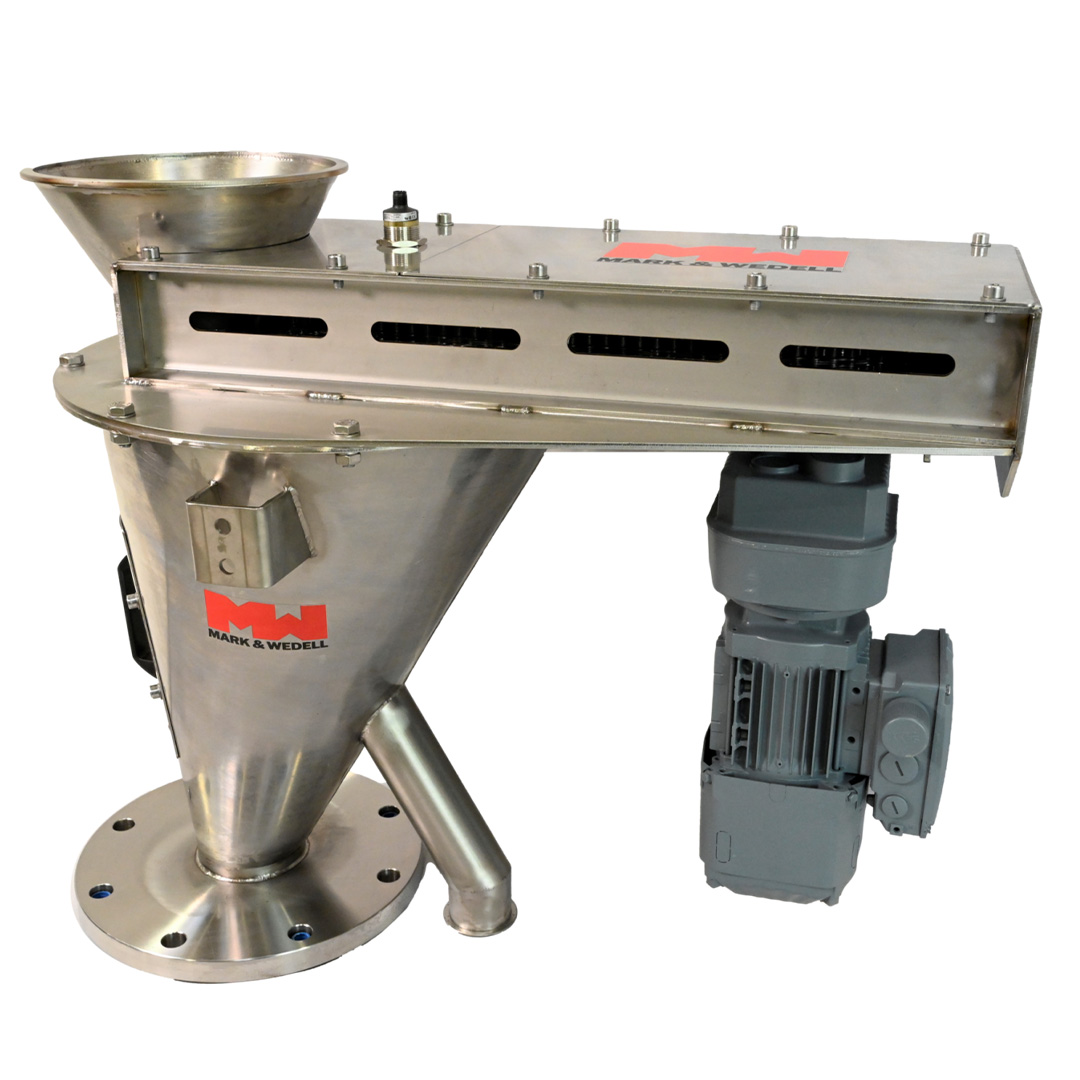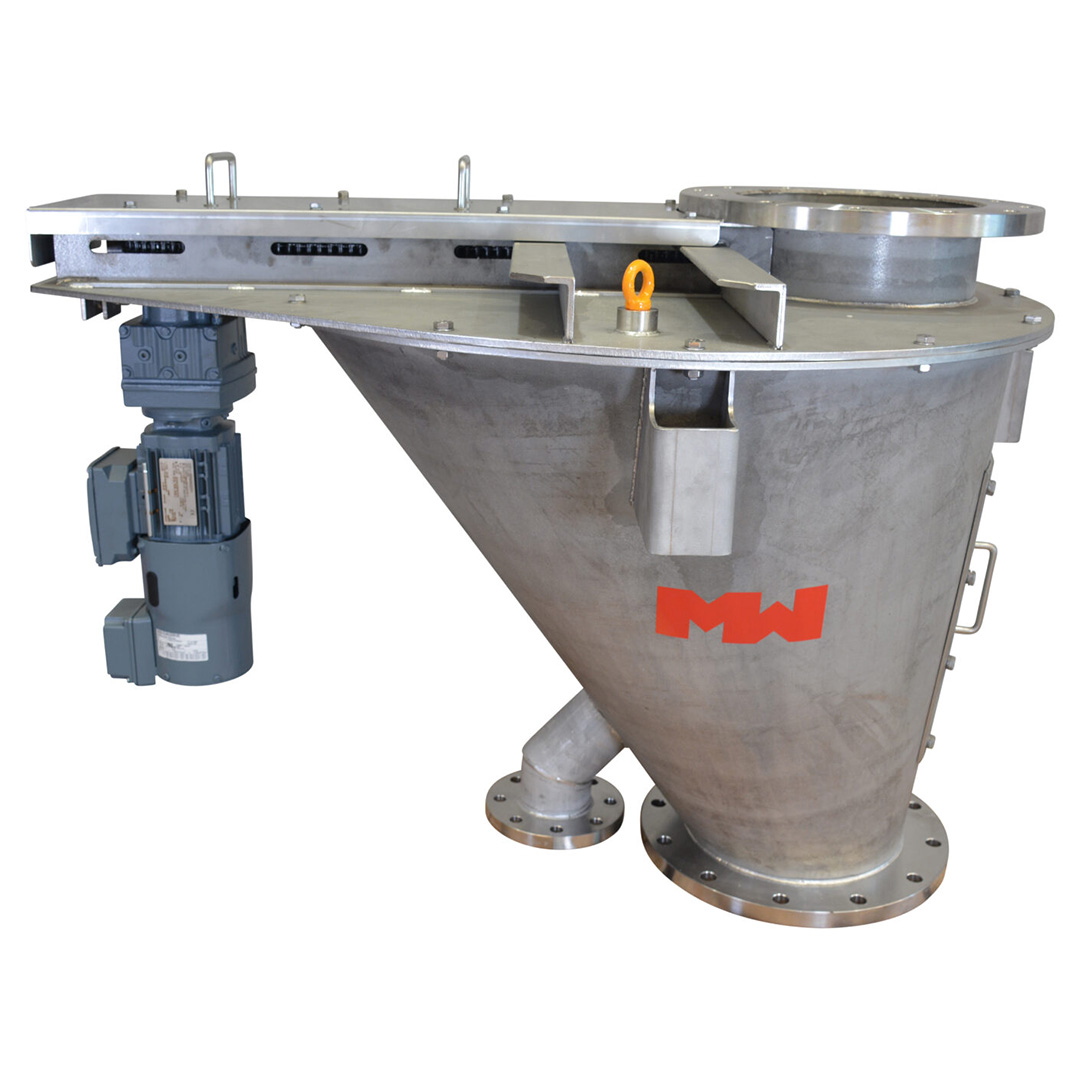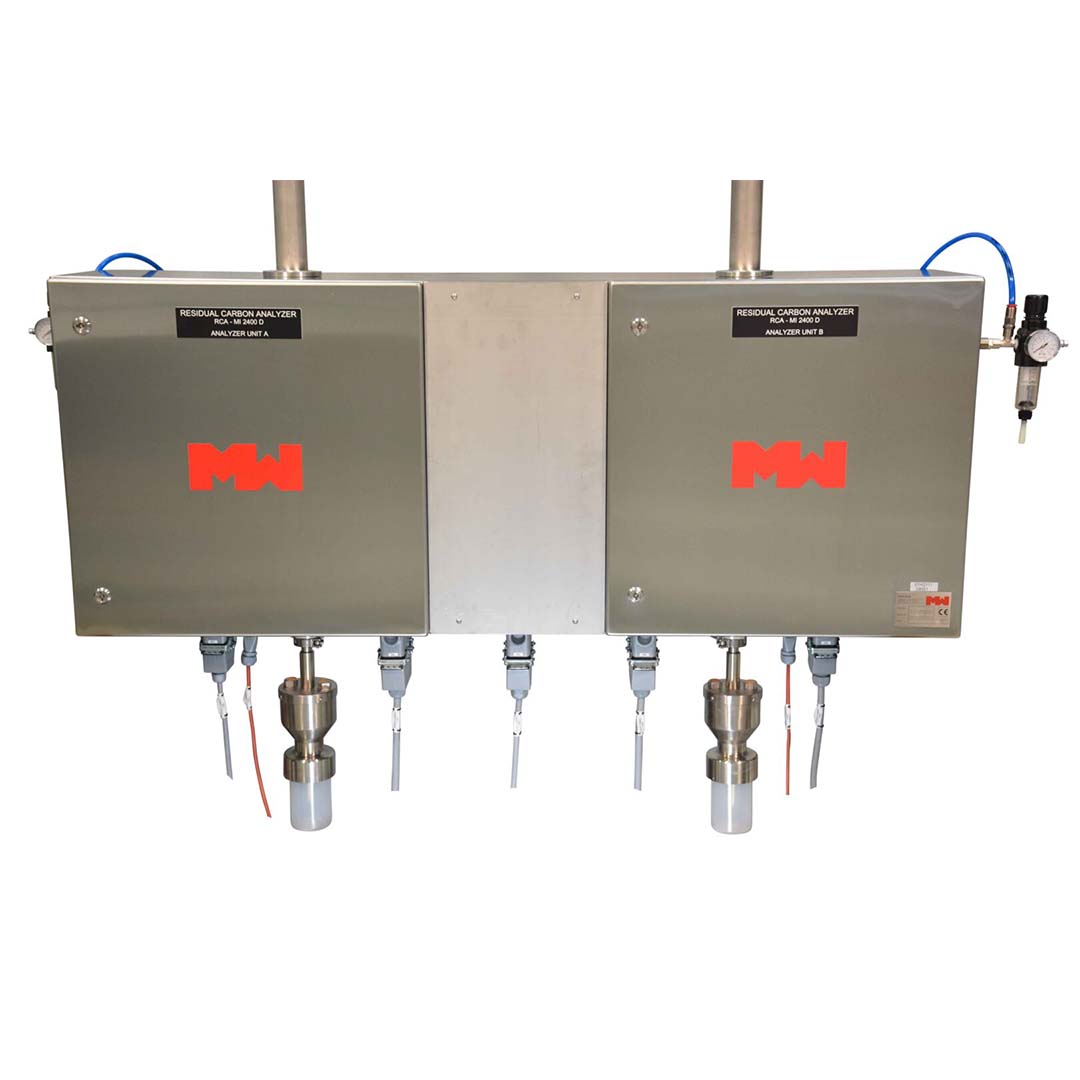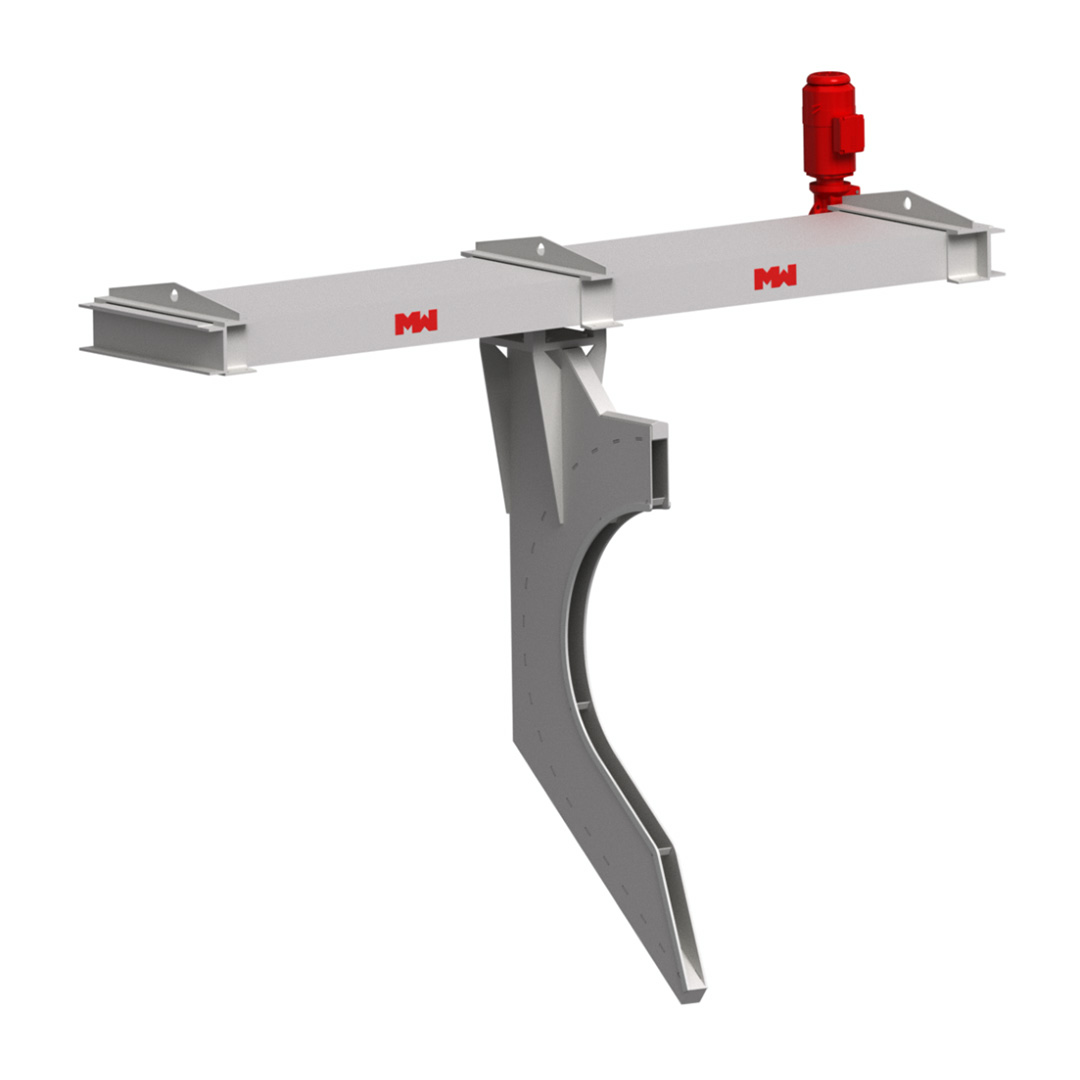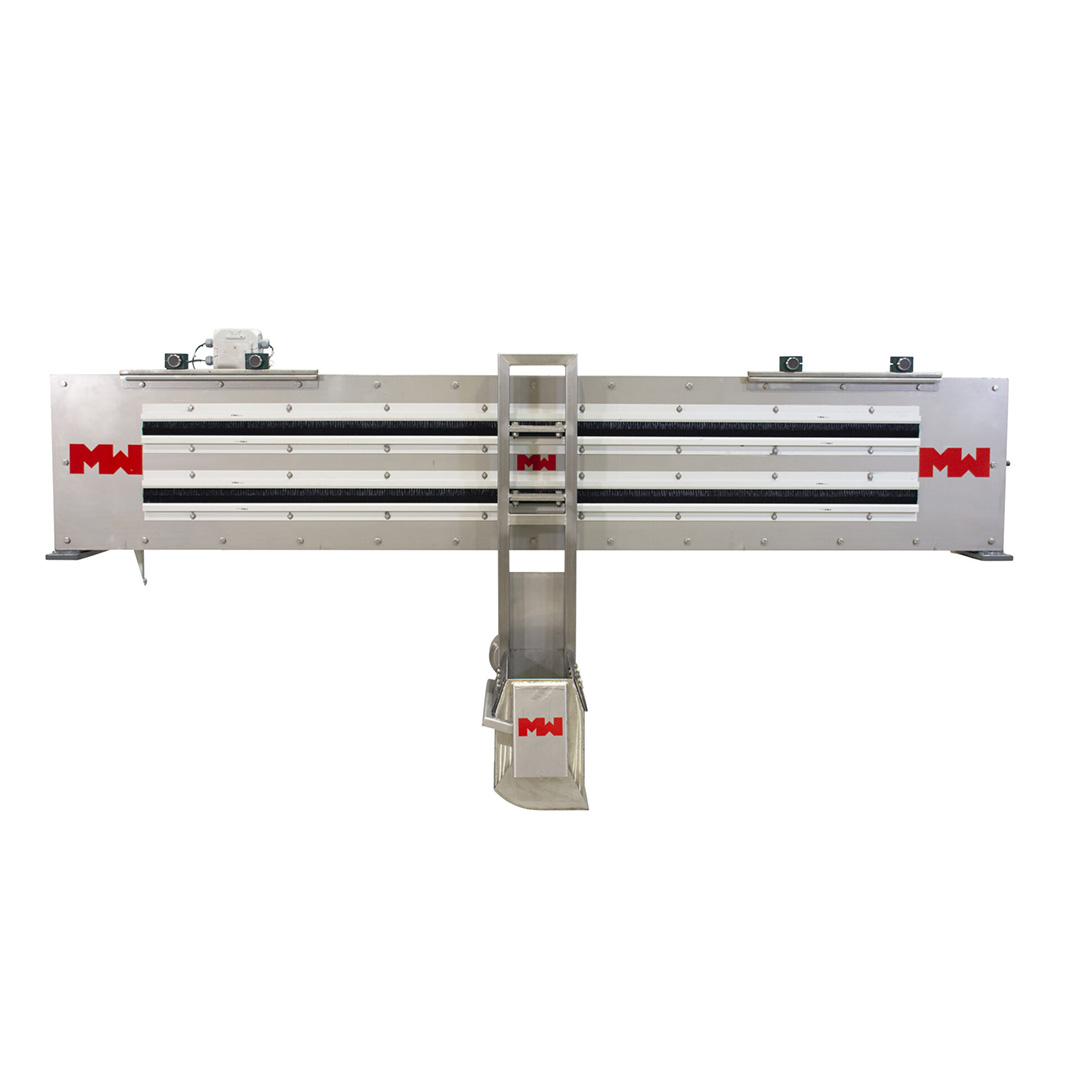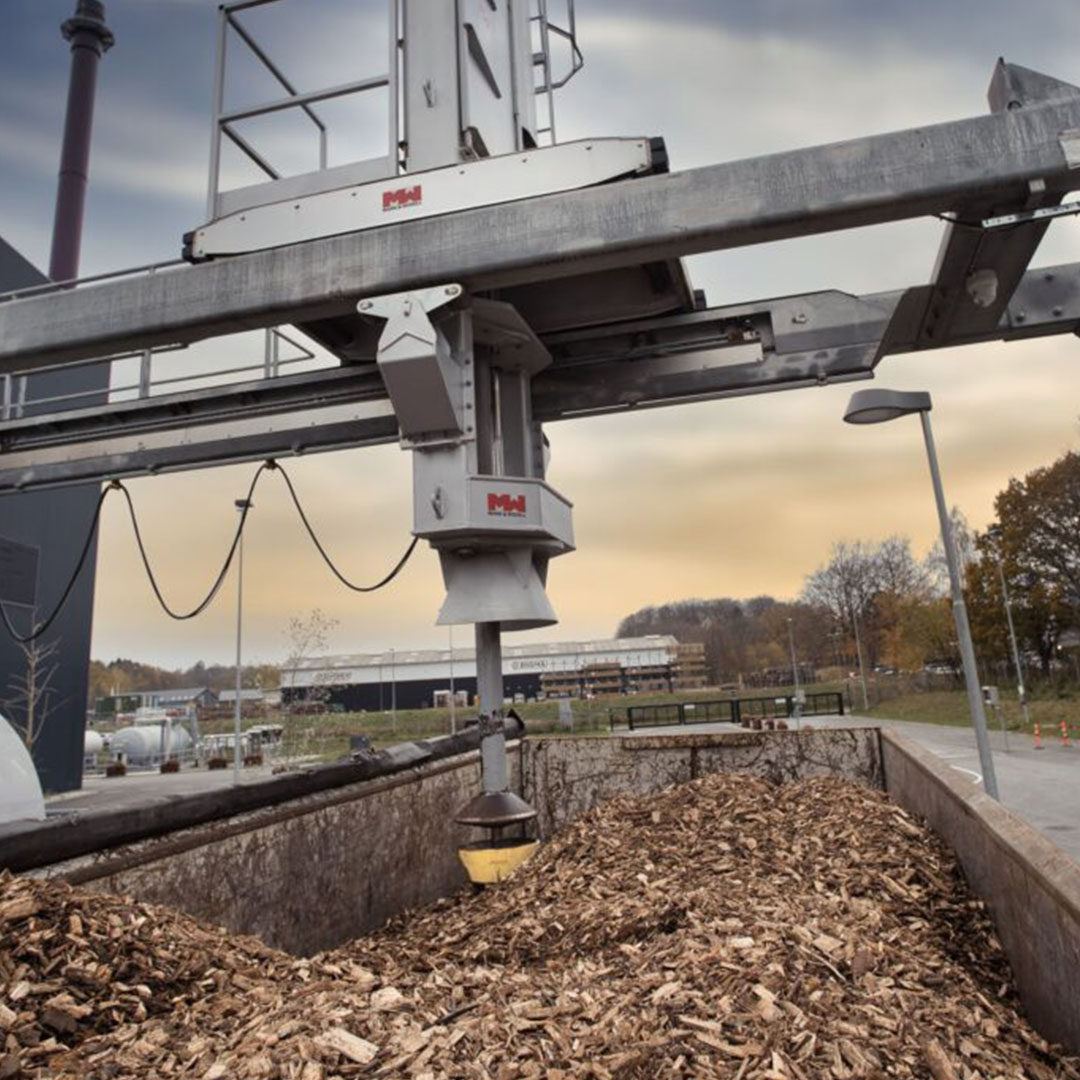Product Description
The Vezin Sampler is a critical component of Mark & Wedell’s JAWO Sampling department, and is particularly well-suited for cross-stream sampling of falling streams of material.
This automated vezin sampler is designed to handle relatively small volumes of bulk material, particularly powdered material with lumps up to 40 mm in size. Its high accuracy and robustness make it a reliable solution for a wide range of industries. The vezin sampler is designed for primary, secondary, and tertiary cross-stream sampling of falling streams of material, making it a versatile sampling solution for duct for a range of industries. The sampler can also be installed as part of an automated particle size analysis setup.
In addition to the standard Vezin Sampler, M&W also offers a chute sampler option combined with a mixing tank for an even more comprehensive sampling solution,. This vezin sampler with a mixing tank is designed to handle larger volumes of material and is ideal for applications where the material is falling through a chute. If you need a solution for chutes, M&W has a solution that will meet your needs.
Overall, the Vezin Sampler and other JAWO sampling solutions are designed to provide accurate and reliable sampling of bulk materials.
What does it do?
The Vezin Sampler (VS) is designed to extract increments from a vertically falling stream of material. Representativity is ensured since a complete cross section of the free-falling bulk material is collected.
Variant 1 (standard):
The Vezin Sampler Single (VS-S) has one cutter that extracts one representative increment per rotation.
Variant 2:
The Vezin Sampler Dual (VS-D) has two opposing cutters which enables extractions of two representative increments per rotation.
How does it do it?
The Vezin Sampler is fully enclosed by a funnel-shaped housing which supports a gear motor driving a cutter rotating around a vertical axis. The cutter head is radially delineated with dimensions and working velocity designed to be individually optimized for each specific material. A hatch on the top of the VS allows for easy access for cleaning, maintenance, inspection, and exchange of cutter heads.
When triggered the VS extracts a representative increment per rotation which is guided directly into the sample outlet chute (oriented parallel to the main process discharge port) and continues to the next stage of the sampling process. Reject material passes directly through the VS. After each completed rotation, the cutter is parked in a safe position well away from the material flow (avoiding influx of extraneous material and cross-contamination between samples). Acceleration and deceleration from the parking position takes place well outside the cutting zone, ensuring a constant operational cutter speed.
What are the technical details?
Housing: Stainless Steel AISI 304/316 or painted carbon steel
Railing system: Stainless Steel AISI 304/316 or painted carbon steel
Carriage: Stainless steel AISI 304/316 or painted carbons steel with Hardox impact plate
Instruments: Inductive Position switches
Gear Motor: SEW or similar
The VS is delivered with either a local control unit or/and is controlled by a M&W central control cabinet depending on concept and preference. The M&W central control cabinet consist of motor control center, circuit breakers, PLC-system and man-machine interface.
Options
1. The M&W central control cabinet can exchange signals with the client’s control system.
2. Both VS-S and VS-D can include a Mixing Tank (VS-SMX/ VS-DMX) located immediately after the outlet to ensure a reduction of the heterogeneity of the extracted samples. See separate product description of the VSMX.
3. The Vezin Sampler can be delivered with a proximity sensor to monitor the rotation of the cutter.
Nota Bene 1
Vezin Samplers can be calibrated with respect to the client’s material(s) and local sampling conditions. M&W offers clients a facility for quantitative assessment of the performance of the VS on the client’s own material(s), following one or several types of tests, the Replication Experiment test, or variographic characterisation of process sampling performance.

